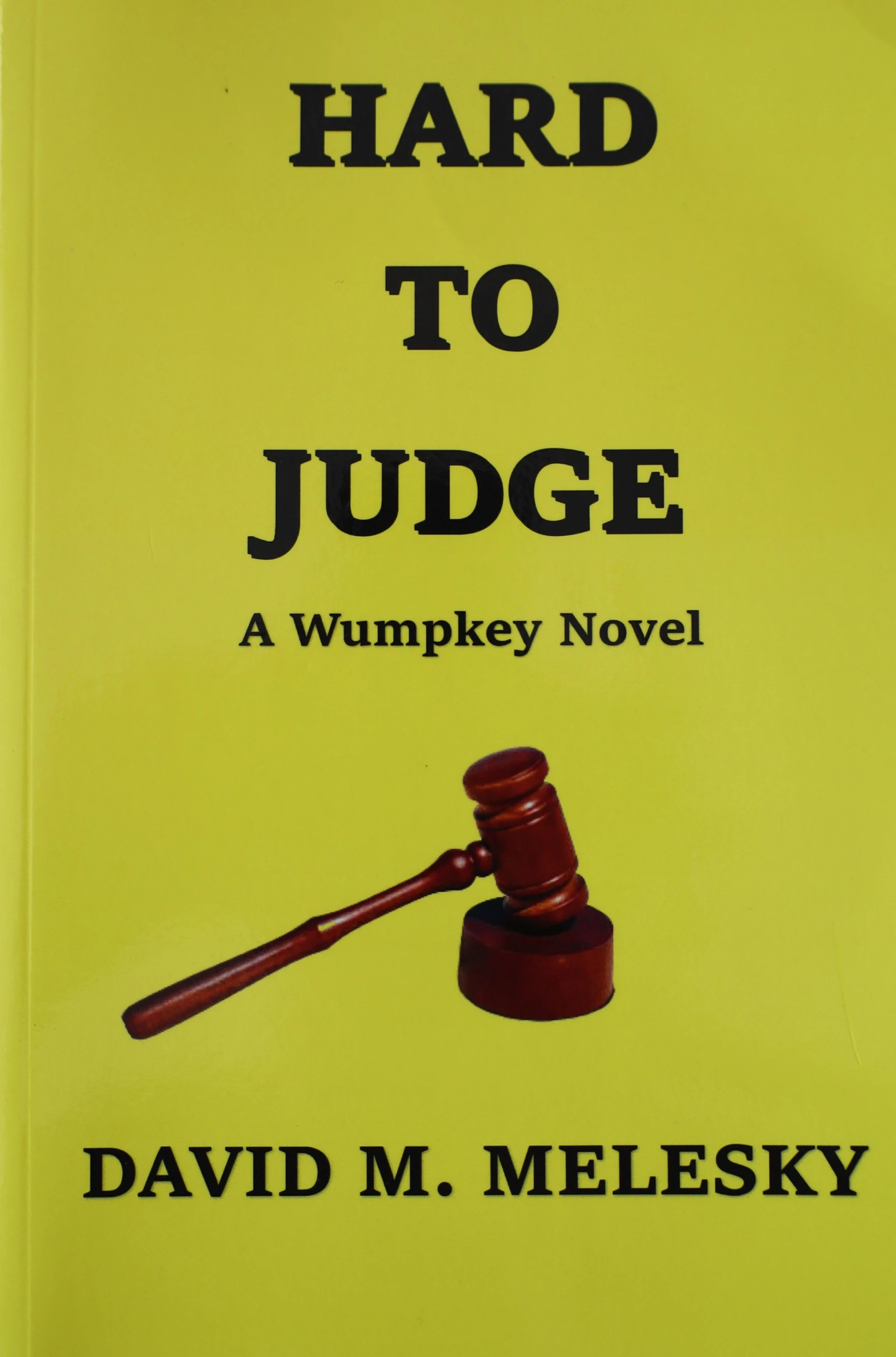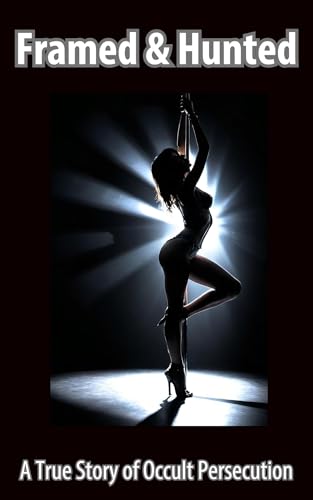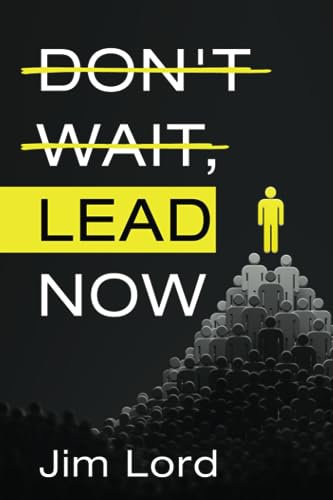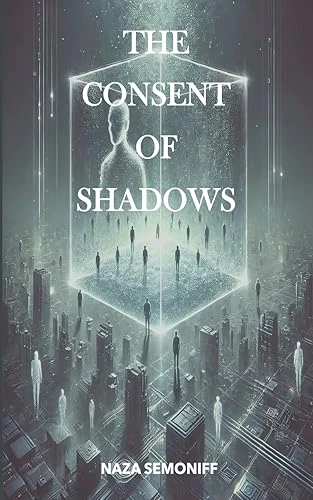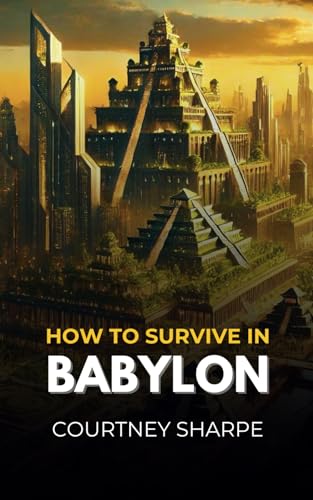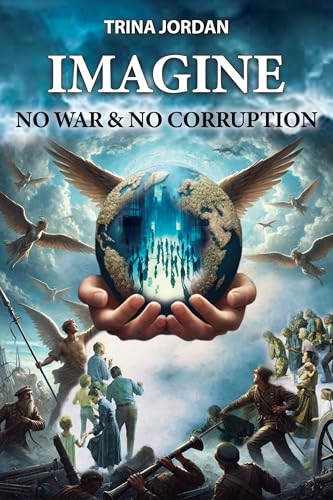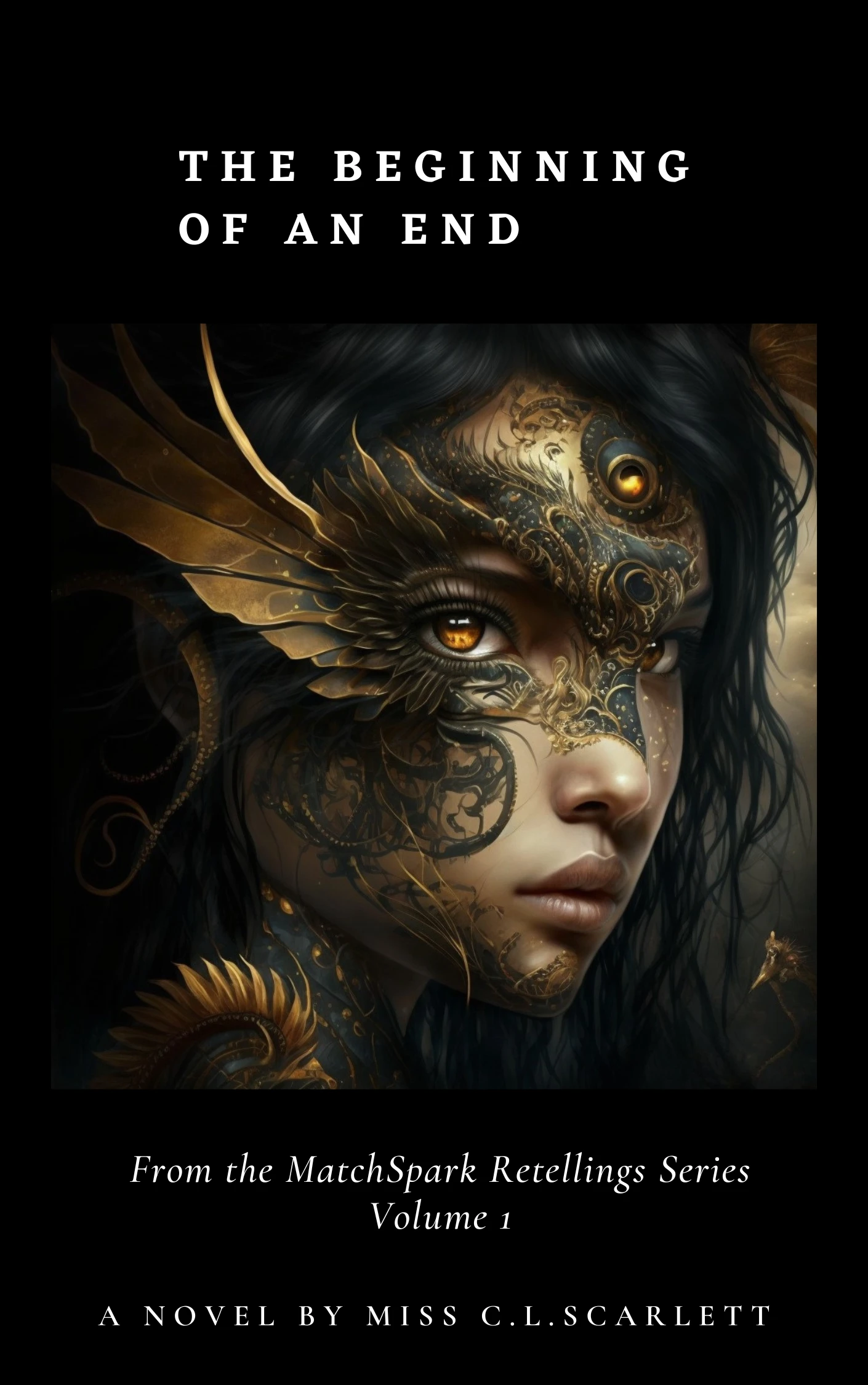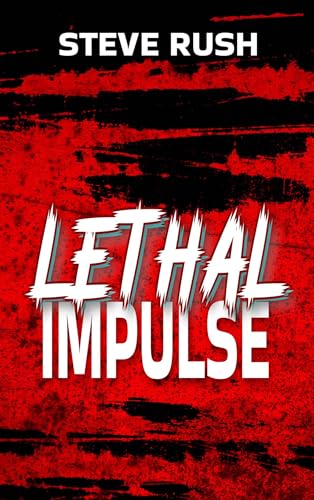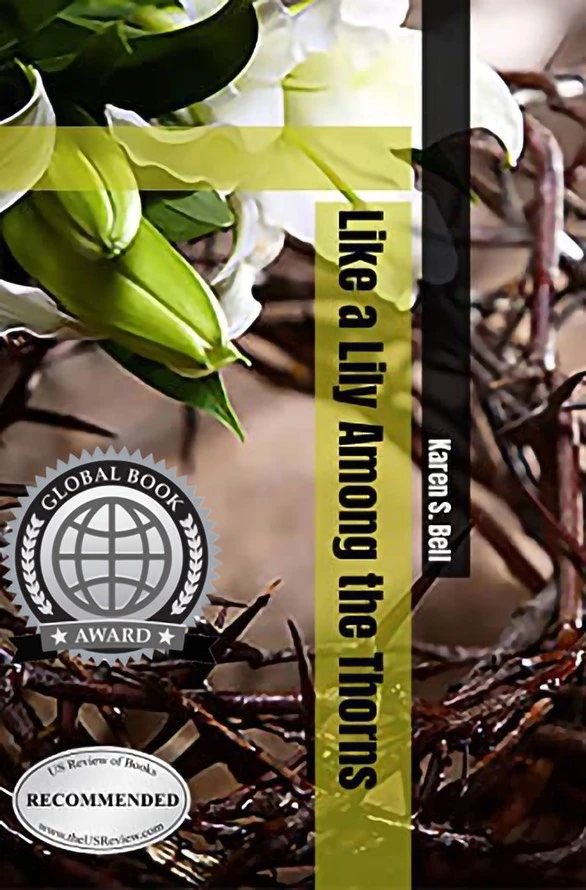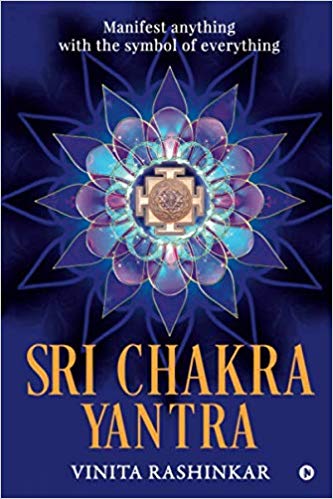
Sri Chakra Yantra : Vinita Rashinkar
 Manifest anything with the symbol of everything
Manifest anything with the symbol of everything
We are fortunate to live at one of most peaceful times in history with the added bonus of leading increasingly comfortable, long and healthy lives. Yet there is a deep sense of dissatisfaction and restlessness in most peoples’ lives as they ask themselves: “Is this all there is to life?”
I have been working as a spiritual healer for more than two decades now and I have come to believe that this ennui and boredom arises out of the complete absence of personal rituals in our modern-day lives. Personal rituals, as opposed to community rituals (that serve to offer us a sense of belonging, security and comfort, a feeling of being part of something bigger), are far more important as they give us the ability to find our place in the grander scheme of the Universe. A personal ritual makes us part of the sacred for it temporarily disengages us from our role in the profane world of humdrum existence and helps us enter into a zone of connecting more closely with the divine.
This book is an endeavour to introduce a personal ritual involving triangular work of Yantra (the geometric pattern of the Sri Chakra as it is considered the mightiest amongst all yantras), Mantra (chanting with specific focus on sounds related to the Sri Chakra) and Tantra (using a specified procedure laid out in a prescribed order).
A personal ritual involving the Sri Chakra can only be embarked upon after gaining a better understanding of its metaphysical aspects which are reflected in the philosophies underlying Shaktism, Tantra, Dasa Mahavidya and Sri Vidya. Once these concepts throw some light on the basis of Sri Chakra worship, we study the nature of sacred geometry and the significance, structure and meaning of the Sri Chakra Yantra. This is followed by two chapters that focus upon the relationship of the human body to the Sri Chakra and the connection of the Pineal Gland to the personal ritual. There is also a brief note on healing and the Sri Chakra.
This is followed by an analysis of the use of sounds in the path to spiritual growth. Special attention is given to the sounds (mantras and stotras) associated with the Sri Chakra Yantra. The next part of the book deals with the role of mudras and contains details about specific mudras that are commonly used as part of the Sri Chakra puja modality. The book then lays out in simple terms the process of the personal ritual and gives details about the initial infusion of energy into the yantra, the method of worship, path to visualisation and meditation on the Sri Chakra.
There has been a huge surge in the popularity of Sri Vidya in recent times and many self-professed gurus are charging huge sums of money to share their knowledge of this esoteric and mysterious subject to eager learners. There are a few books written in English (notable among them are V. Ravi’s Understanding and Worshipping the Sri Chakra and S. Shankarnarayanan’s encyclopedic Sri Chakra) on the subject but they are aimed at the advanced practitioner and will leave a novice confounded by their profundity and depth.
The author’s main aim writing this book is to offer all the information that a novice is seeking to get him/her on to the practice of Sri Vidya Sadhana and involve in self-learning rather than seek it from external sources.
The information is laid out in a non-dogmatic manner keeping in mind practical aspects of modern-day living, thereby allowing everyone an opportunity to learn and experience the benefits of the precious Sri Yantra. The process outlined in the book equips the readers with the skills necessary to harness the tremendous cosmic energies available in the Universe and channelize it to make life’s dreams come true.
This book is not meant to be a comprehensive study of the Sri Chakra. In presenting the Sri Chakra Yantra as a tool for self-development, the author has kept in mind sensibilities of the modern spiritual seeker, their needs and interests and has desisted from venturing into the realm of mythological references, the inclusion of which would distract and obfuscate from the subject of study. The focus has been to retain only relevant philosophical allusions that further the understanding of the subject at hand.
Book Links
Website
Facebook
Instagram
On Amazon

